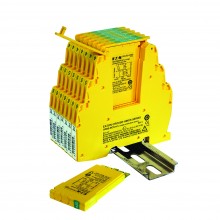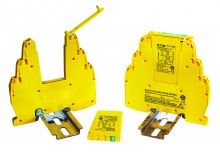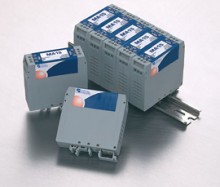Rocky Mountain Measurement News
Surge Protection Game Changer! – NEC Code Change Requiring Surge Protection on Safety Circuits
Hazardous Area Electronics, Instrumentation
New Requirements Protect Safety Devices From Failing Due to Electrical Surges
Until now, there were no surge-protection requirements for industrial machinery. If a surge impacted safety equipment electronics and caused failure, machine operators may not know. Recent NFPA 70: National Electrical Code (NEC) updates, however, change the rules for compliance. NFPA 70 670.6 now requires surge protection for safety devices.
What Does This Mean? Safety devices connect to safety relays that shut down or pause a machine when a certain action takes place (when a light curtain’s light field has been broken, for example). When these devices experience a surge, safety features may fail without warning. In these cases, employees assume that the safety mechanism works – putting themselves in harm’s way if they reach through a light curtain or step on a safety mat and assume the machine will stop.
With the NFPA 70 update, safety devices require surge protection to limit the voltage supplied to the equipment by blocking or shorting to ground any unwanted voltages above a certain threshold. If there’s a surge, it will be stopped before it impacts safety equipment.
Why Was This Change Made? An NFPA survey of facility managers found that more than one-quarter have experienced damage to safety devices after surge events. This could cause injury or death if a machine operator assumes the devices are working when they aren’t. In addition, if a surge causes device failure, your plant will have to answer to OSHA, including potential fines and other liability issues.
Where Else Does NFPA 70 670.6 Apply? Although safety devices are found primarily in industrial settings, NFPA 70 670.6 applies to other applications as well, such as data centers, hospitals, and hotels, where safety equipment is in place to pause or stop machinery. Wherever a safety device is used, this requirement applies.
How Can I Comply? The first step toward compliance is finding a partner to help determine where surge protection is needed, and then selecting appropriate options – including the correct size and necessary features, like audible alarms, internal disconnects, etc.
Contact us today to talk to our MTL specialists to guide you to the appropriate MA15 and SD Modular surge devices. Learn More




